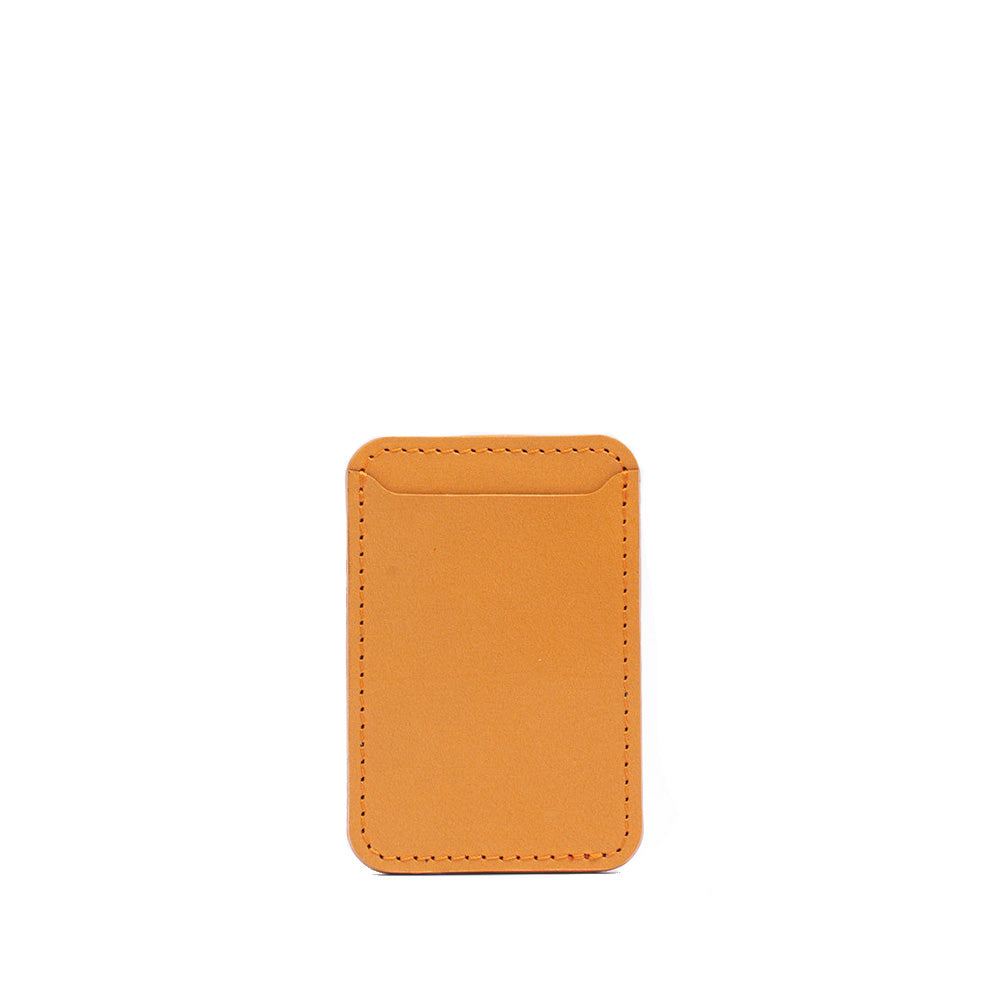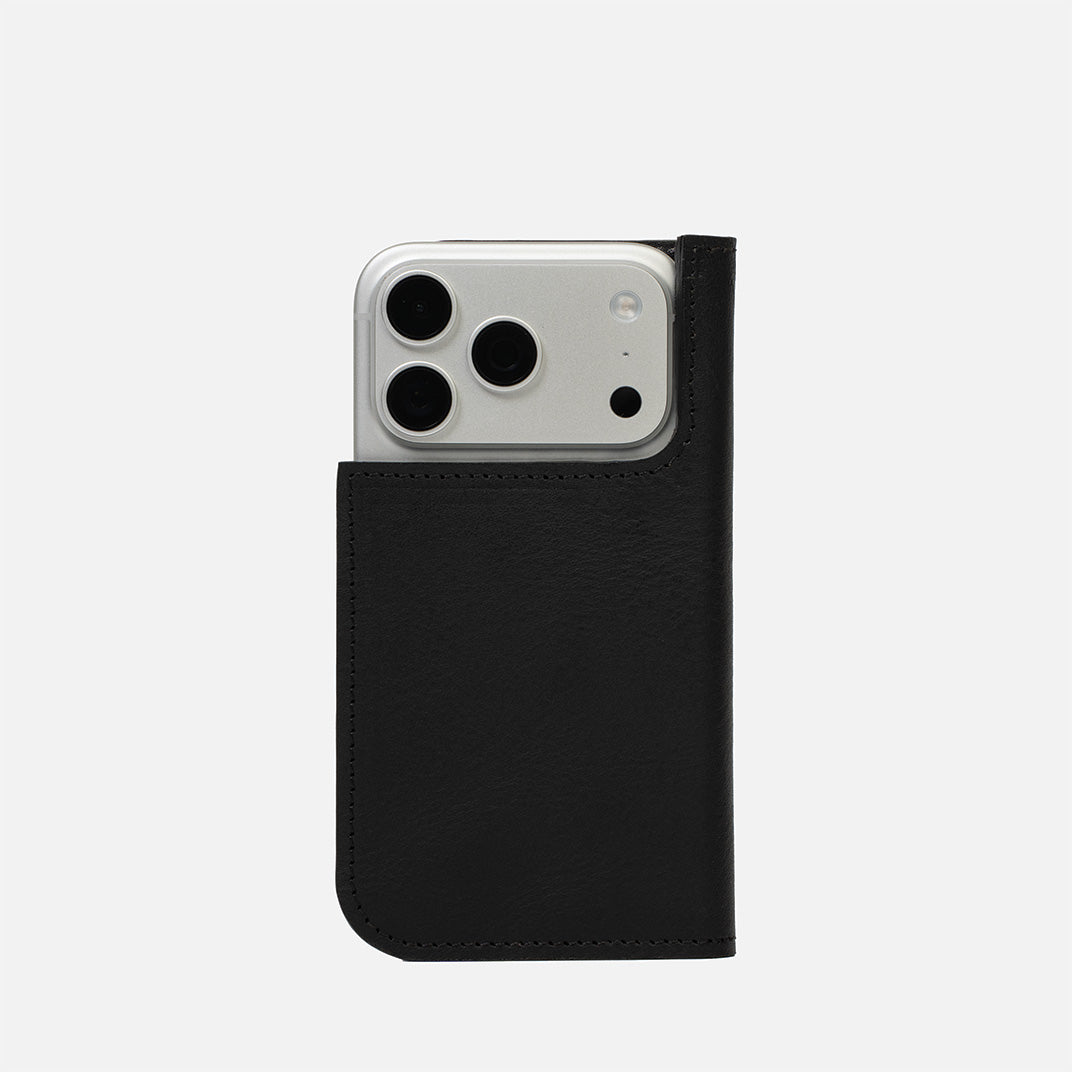What Is AE/AF Lock?
The AE/AF Lock feature is invaluable for achieving perfect iPhone focus and exposure in your photos. If you’re wondering how to access this feature and why you would need to use it, this article has the answers! In this tutorial, you’ll learn how to activate AE/AF Lock on your iPhone camera and how to use it in a variety of shooting situations. Once you master AE/AF Lock, you can be sure that your photos will always be sharply focused with perfect exposure.
Understanding AE/AF Lock
AE/AF Lock is an iPhone camera feature that allows you to lock the focus and exposure values when taking a photo. AE stands for Auto Exposure, which refers to the brightness of the image, while AF stands for Auto Focus, which determines which part of the image appears in sharp focus.
The Importance of Setting Focus Manually
When you point your iPhone camera at a scene and press the shutter button, the camera will typically decide where to focus (usually the middle of the frame) and what exposure level to set. However, to create the best possible image, it’s essential that you control where the camera is focusing. To set the focus point manually, simply tap once on the iPhone screen. This action also sets the exposure level, ensuring that the focused area is properly exposed.
The Role of AE/AF Lock
While tapping to set focus works well in many situations, there are instances where it isn't sufficient. For example, if something moves within the scene, the camera's autofocus system might kick in, potentially readjusting the focus point and exposure level. To prevent this, the AE/AF Lock feature comes into play. By locking the focus and exposure values, you disable the autofocus system, granting you complete control over focus and exposure settings.
How To Use AE/AF Lock To Lock Focus & Exposure
Mastering AE/AF Lock is key to taking professional-quality photos with your iPhone. Here's a step-by-step guide on how to use this feature:
- Open the Camera App: Launch the Camera app on your iPhone.
- Compose Your Shot: Frame your shot and decide where you want to set the focus and exposure.
- Tap to Focus: Tap on the area of the screen where you want to set the focus. A yellow box will appear, indicating the focus point.
- Lock Focus and Exposure: To lock the focus and exposure settings on that specific point, press and hold on the screen until you see "AE/AF Lock" or a small lock icon. This means the settings are now locked for that area.
- Recompose If Necessary: With the settings locked, you can now recompose your shot if needed. The focus and exposure will remain consistent based on the locked settings.
- Capture Your Photo: After recomposing, simply press the shutter button to capture the perfectly focused and well-exposed image.
When To Use AE/AF Lock
AE/AF Lock is a versatile tool that can greatly enhance your photography in various scenarios. Here are some situations where using AE/AF Lock can be particularly beneficial:
Any Scene With Movement In The Background
When your subject is moving against a dynamic background, using AE/AF Lock helps you maintain focus on the subject, even if the background shifts. This is useful for capturing subjects like people or animals in motion.
When Taking Multiple Shots Of The Same Scene
If you're capturing a series of shots of the same scene, like during a photoshoot or when experimenting with different compositions, AE/AF Lock ensures that the focus and exposure settings remain consistent across all shots.
Macro Photography
Macro photography involves capturing small subjects up close. AE/AF Lock allows you to focus precisely on the subject and lock the exposure to capture intricate details and textures effectively.
Street Photography
In fast-paced street photography, you might not have time to adjust focus and exposure for each shot. AE/AF Lock helps you set your desired settings once, allowing you to quickly capture candid moments without missing the action.
Wildlife Photography
When photographing wildlife, the subject's movements can be unpredictable. Using AE/AF Lock ensures that your camera maintains focus on the animal, even if it moves within the frame.




